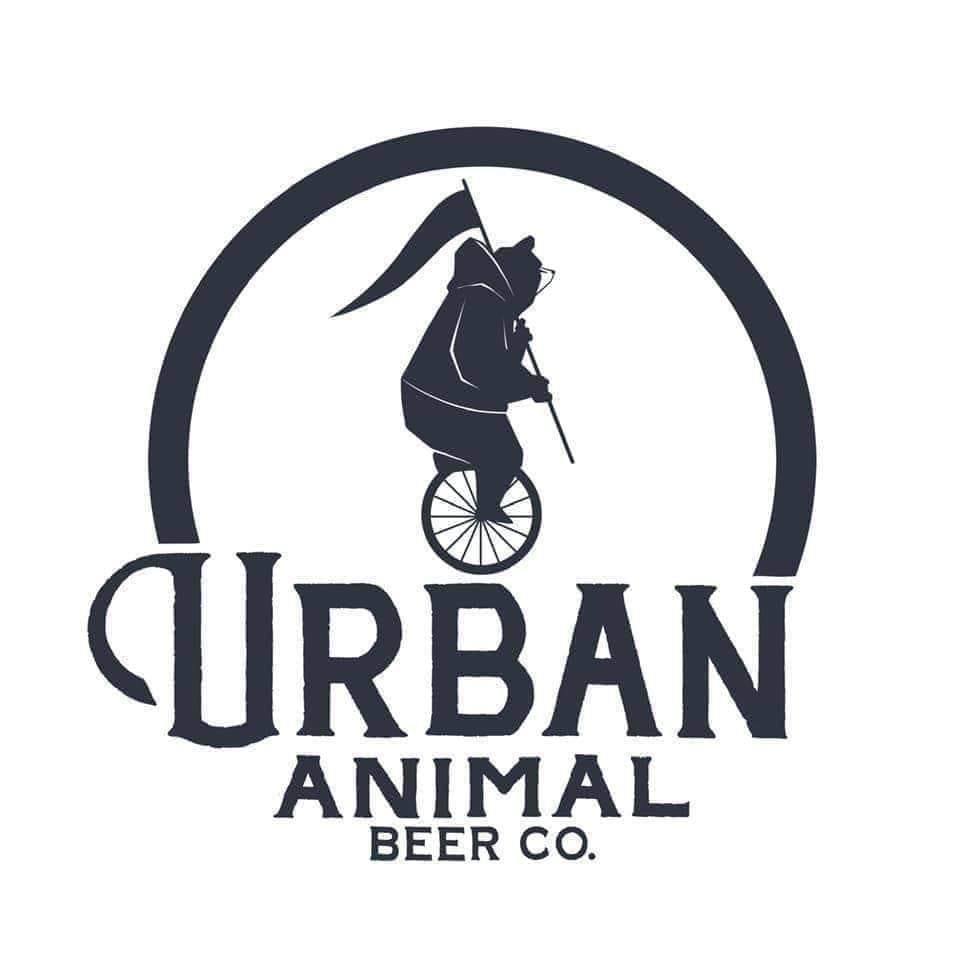La Cava recently opened in a ’70s shopping center off of Eighth Street, joining locals like Smiling Toad Brewery and Little Nepal. The restaurant is hidden by street traffic and almost non-existent on social media, just as owner Patricia Castrejon wants it: old-school, word-of-mouth. This Mexican cuisine, from her home state of Sonora, is borrowed from Castrejon’s youth.
We sat down over a lunch of tacos, street corn and coffee, generously provided by Castrejon, and talked about the restaurant, Mexico and everything in between. The interview has been edited for clarity.
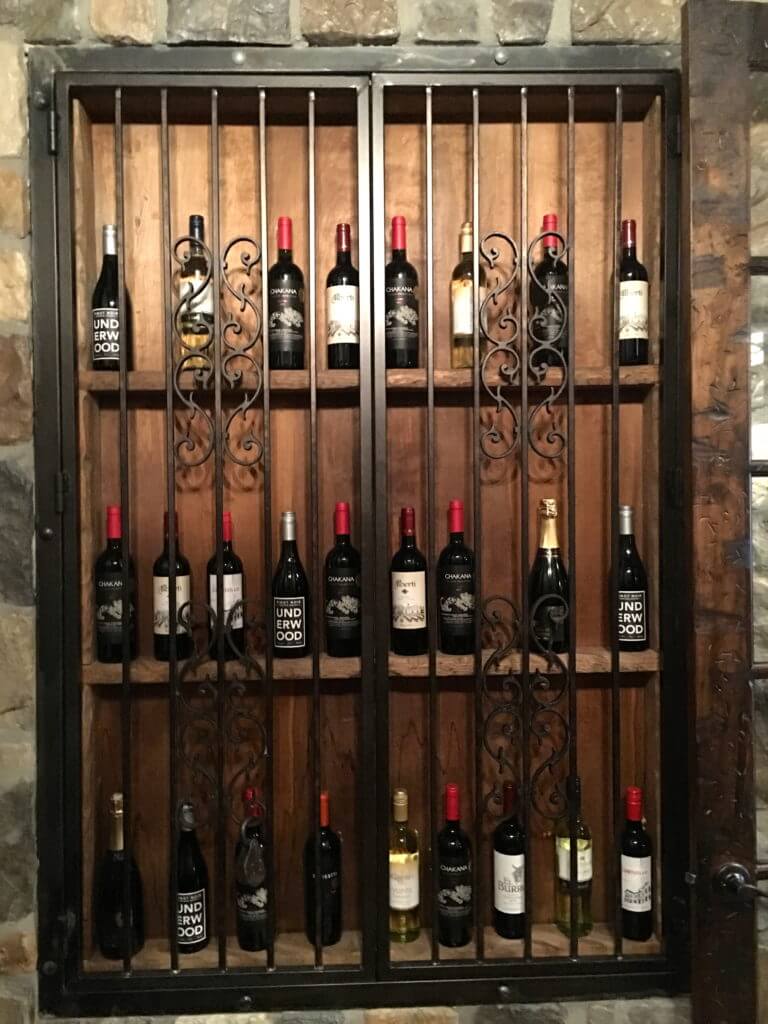
Rocky Mountain Food Report: What was your inspiration for starting the restaurant?
Patricia Castrejon: I always, always had the dream to have a restaurant — because there’s not really Mexican food here. Well, it’s Mexican food but it’s not food from Mexico, but that’s what I wanted. I want food from Mexico, not Tex-Mex. Because even in Mexico unfortunately right now, if you go to the big cities — I’m from Sonora, which borders with Arizona — even in my state if you go to the big city, which is the capital, Hermosillo, you’re going to see McDonalds, Jack in the Box, Sam’s Club, Walmart, Costco. Everything is like here. So all the restaurants are there.
We call [those people] malinchistas, which means that you’re not supporting your own people. So, Mexican restaurants are actually less and less and less. There are only a few now real, true Mexican restaurants. So it’s sad to me.
How did you decide on this location?
It took me about two years to do it. We purchased the building in 2012 and the building was 1970 inside. If I could find somewhere to put both the clinic — Ed. note: Her husband’s practice is next door in the adjoining building — and the restaurant it would be so nice. I told God give me something, somewhere I can put both, my dream. I want this part for me and that part for you.
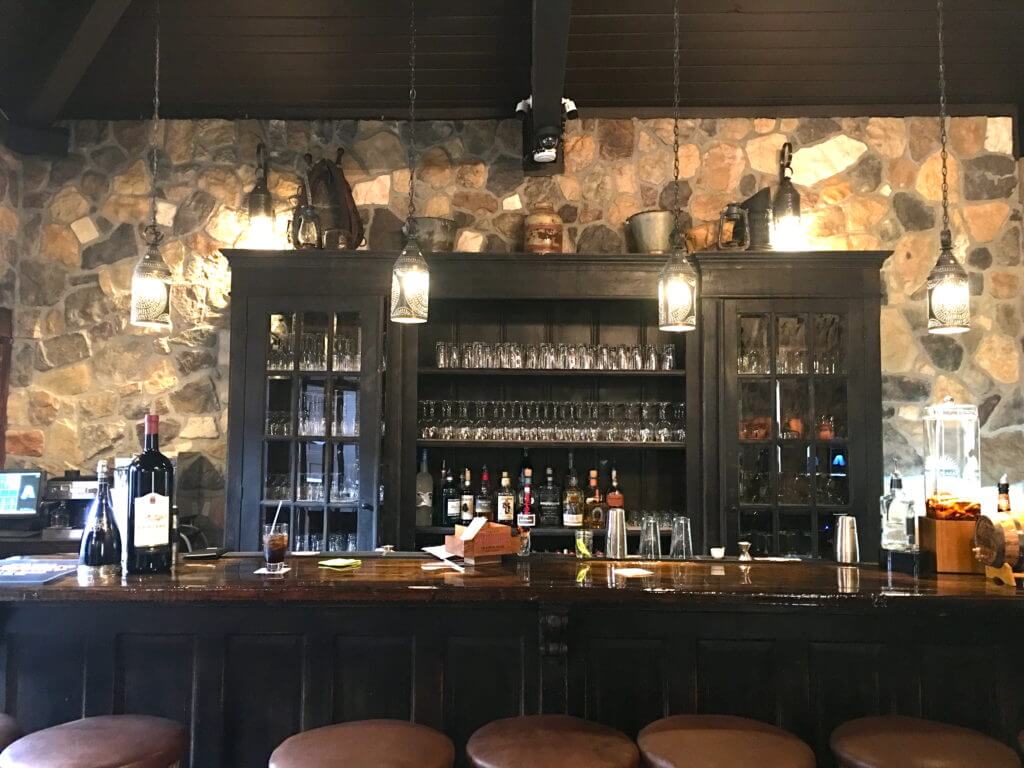
How often do you change your menu?
I’m going to try to change it every month. I’m not going to change it all because a lot of stuff, they love it. I’m just going to take some and add more.
What would you recommend?
Whatever you want! Chimichangas are pretty good. Tacos: The carne asada tacos are very juicy.
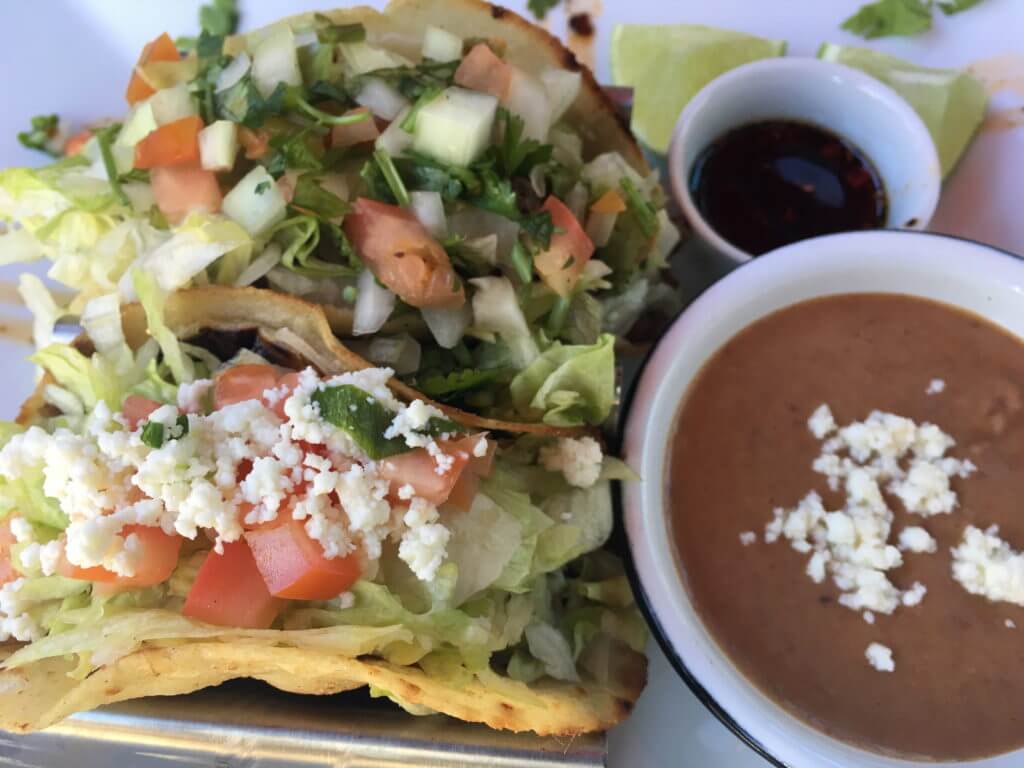
Any special lunch offerings?
PC: I’m going to introduce a little less expensive lunch, like Sonoran hot dogs. They’re delicious. You have to bring the stuff from Mexico. I have it right now, I just went to Mexico. I have to bring the bread: The key for the hot dogs is the bread. It’s not typical like here, it’s a special bread. It’s so soft, it’s big, you can put a lot of stuff on it, and it’s just good.

Why not open the restaurant in Sonora?
You can not imagine how many restaurants are in Sonora, one on every corner. There is too many, too many restaurants. Since the market the United States opened to Mexico, everybody’s there. Every single restaurant, the same restaurants as here, the chain restaurants, Starbucks. You go there, it’s what the heck! What’s wrong with my Mexico? Everything is in English!
You don’t think people would embrace your restaurant?
No, they’re malinchista. Malinchista means they want that oh United States. “Oh, I want United States restaurants.” Because they think they’re cool or they’re rich, unfortunately it’s like that. Now we do go into small restaurants. Small, little that have been there 50, 100 years, those are still there. That’s where we go when we go to find this Mexican food. Now we go to the little towns because they’re so little those restaurants they don’t come in.
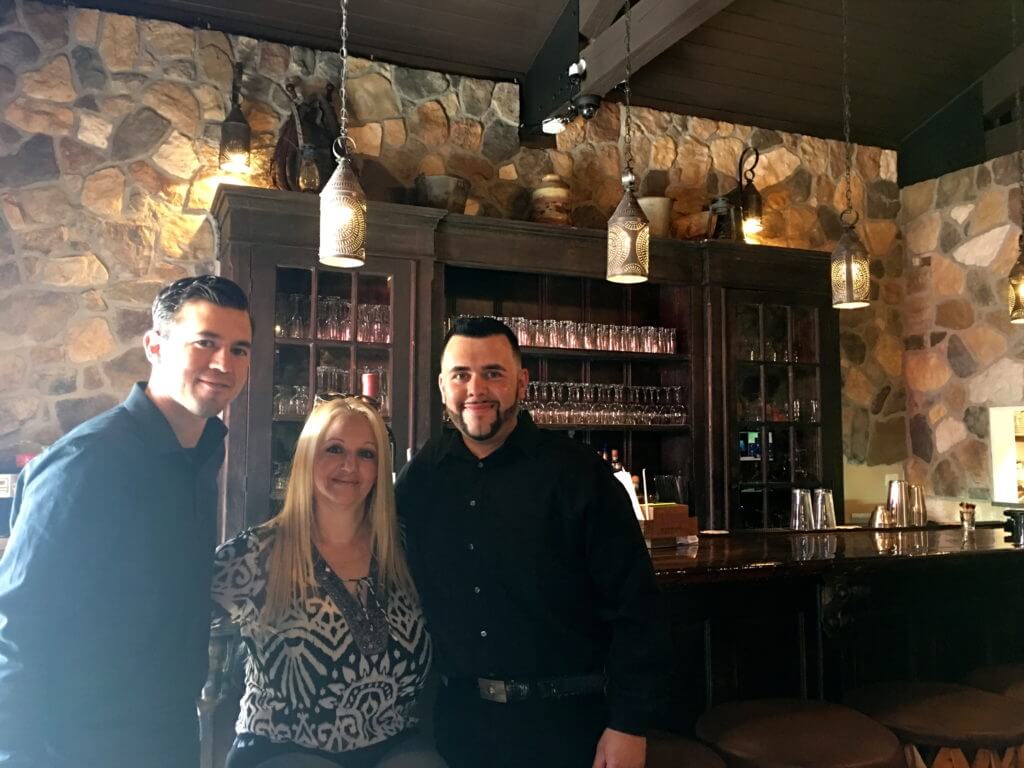
In 20 years Mexico’s not going to exist! It’s going to be all American there. And I love Mexico, it’s beautiful. We have a lot of good things there. What they say about the mafia and all that, its more what they say than what it is. You go there, I go there and I’m sitting at two in the morning in a restaurant, outside. I’m in the plaza, where they have the elotes; you can eat a bunch of Mexican stuff, around the plaza, across from the big church. And we are there at two in the morning!
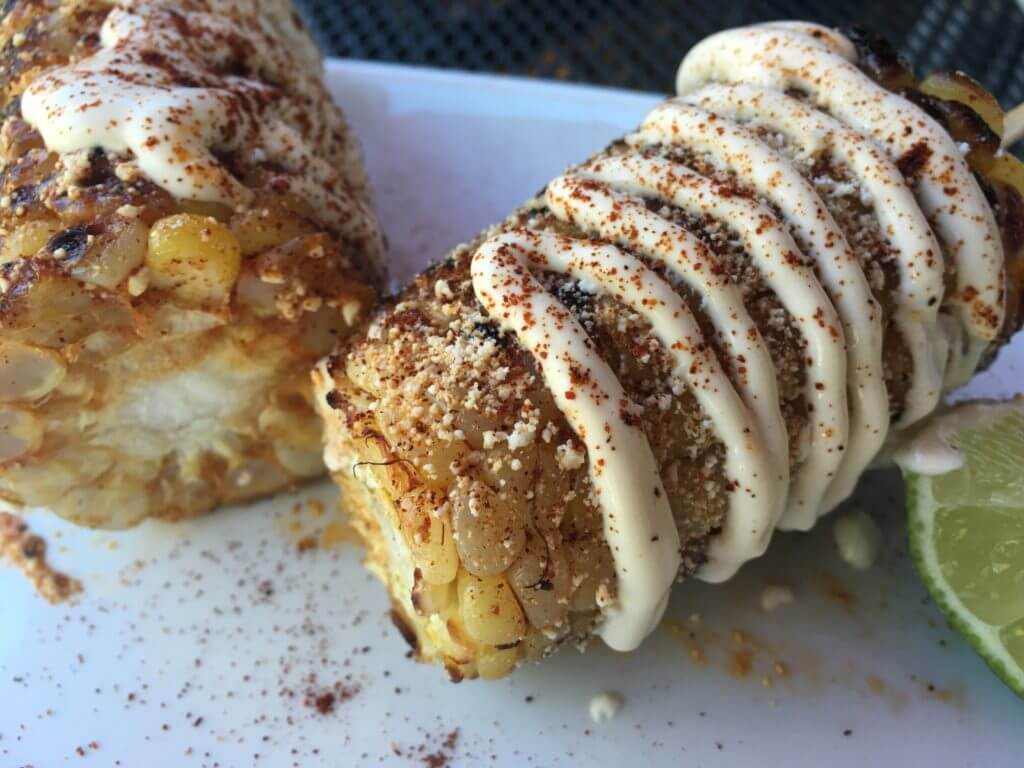
They’re still serving this food. But you have to go to certain places, only little places. And they serve tacos, chimichangas, enchiladas, but it’s only at dinner, at night. We eat very late in Mexico: If you go to the restaurant at nine it’s empty. You have to go at 11 p.m., 12 p.m., 1 a.m.
We love all the attention to detail here at La Cava. The monogrammed chairs, the infused water, stone work, there’s a lot of presentation and a lot of effort being put in. Can you talk about that?
That’s something in my dream. That’s what I wanted. It’s pretty simple. Like the coffee: They don’t serve the coffee anymore in Mexico, you have to go to the little towns. They don’t even drink it anymore at home! We’re losing all these good things. I wish I could live 100 years ago, because I love that Mexico.
Do you think Mexican culture is trying to acclimate and losing their cultural heritage?
Yes. The new generation knows nothing about culture anymore. It’s going to be the United States.
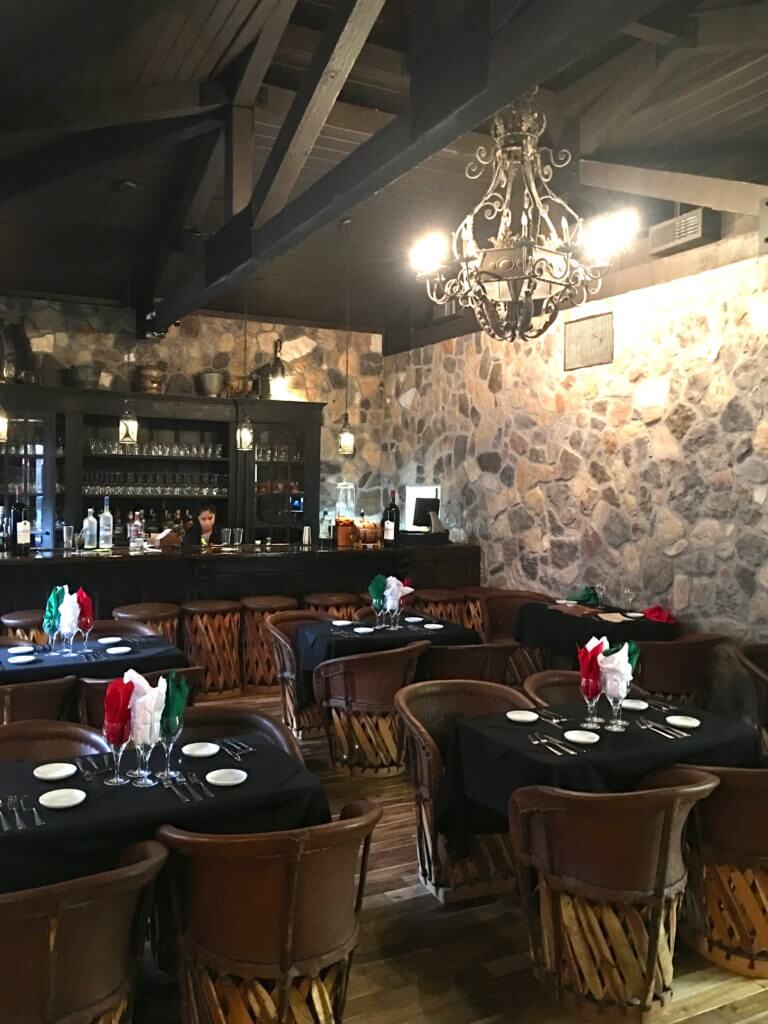
Is your approach to the food Sonoran-style only?
I also have a pork chop from Michoacán, where my husband is from. I’m going to introduce some enchiladas from Michoacán too that are different than Sonora. The food is a lot different in every state over there, the presentation is different too. I’m going to also introduce different enchiladas too. We have so many people from Europe that came to Mexico in the 1800s. My grandfather came from France, so that’s why there is such diversity in food in Mexico.
Do you feel like you’re keeping some traditions alive with La Cava?
Before, the families would get together on Sunday. All the family would go to the grandmother’s house and she would make a big pot for everybody to come and eat. And not anymore. It used to be like that in every house, but now they say “I’ll just go to the McDonalds.”
That’s what I want. I didn’t do this restaurant for Mexicans, I did it for Americans. I want the American people to know we eat good. People infer that in Mexico all we eat is rice and beans. If you go to a restaurant and ask for beans and rice … no. We don’t have beans and rice here. So I told my husband that I’m going to show the gringos how we eat. Especially in Sonora, we eat a lot of beef. A lot of ranches, my father had a ranch. There are a lot of steakhouses with good, good beef. Sometimes when people come here they get kind of shocked because they don’t think when they see the menu it looks like a Mexican restaurant.
I had a lady come in and tell me that this isn’t Mexican food. “You can get real Mexican food in Dallas.” That’s Tex-Mex baby! This is Mexican food. I grew up with this food.
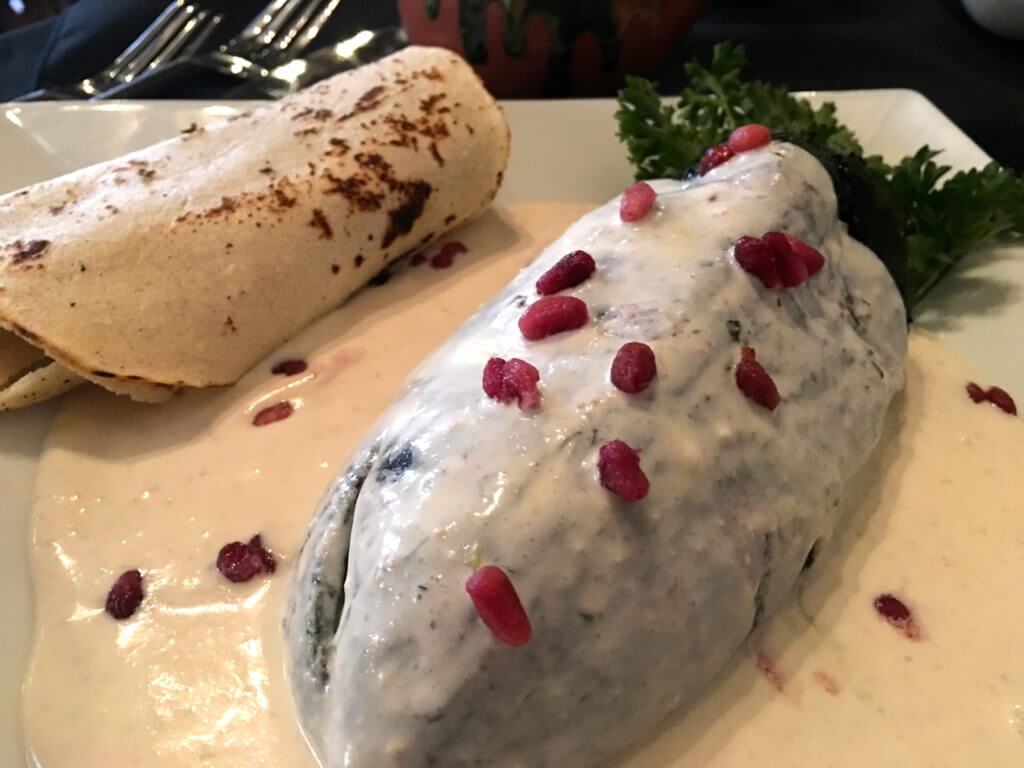
Do you make everything by hand?
Everything is made by hand, nothing is frozen and everything is made when you order. We don’t really have anything prepared and that’s what I want. I told my chef that I want the food from the same day, do it in the morning. Like the carne asada, other places its kind of dry. I told him I want you to marinate the carne and then cook the meat when they order the tacos. Because that’s I how I want to do it, because that’s how we do it in Mexico. In Mexico, nobody is in a rush.
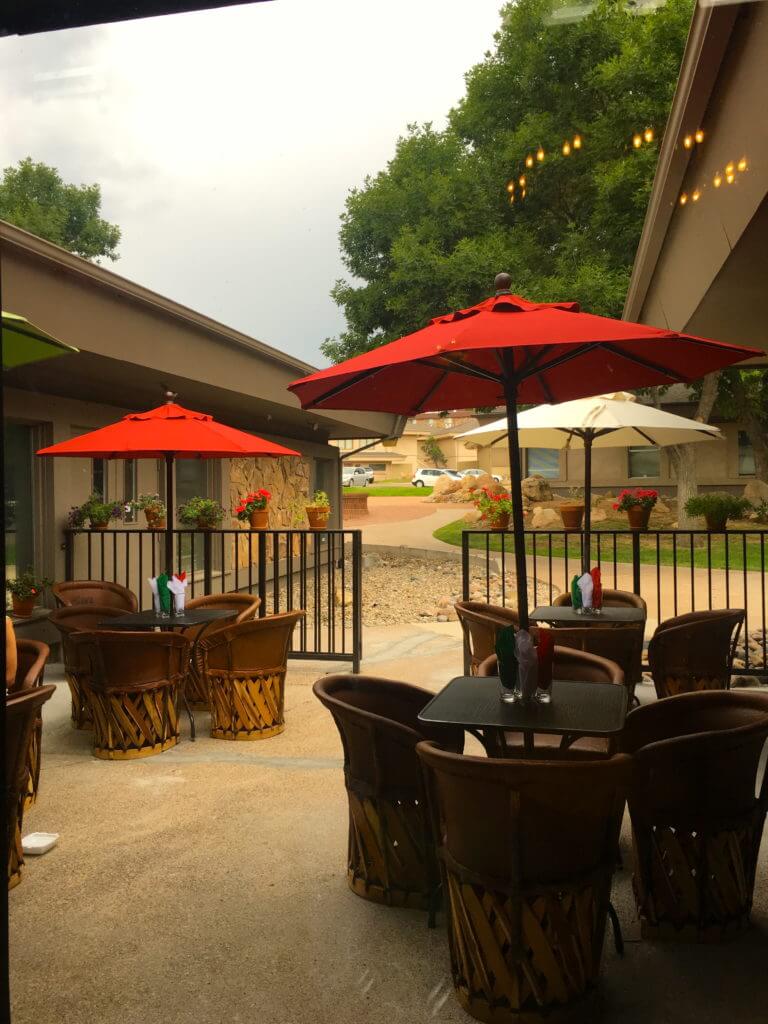
Have you ever tried a chimichanga before? Usually in the Mexican restaurants, they add stuff. They do beans, rice and meat. We don’t eat like that in Mexico. The chickens eat like that. You want to give food to the chickens, you mix everything. If you’re going to eat a chimichanga, there is going to be only one thing inside. We put half a pound of meat in every chimichanga and it’s only meat. We cook the meat, then we fry it. The tortillas are handmade, made-to-order. My intention was to not put rice or beans on any plate, but people are so used to it, so I said OK, I’m going to have to put it in certain ways, serve it differently than other people do.
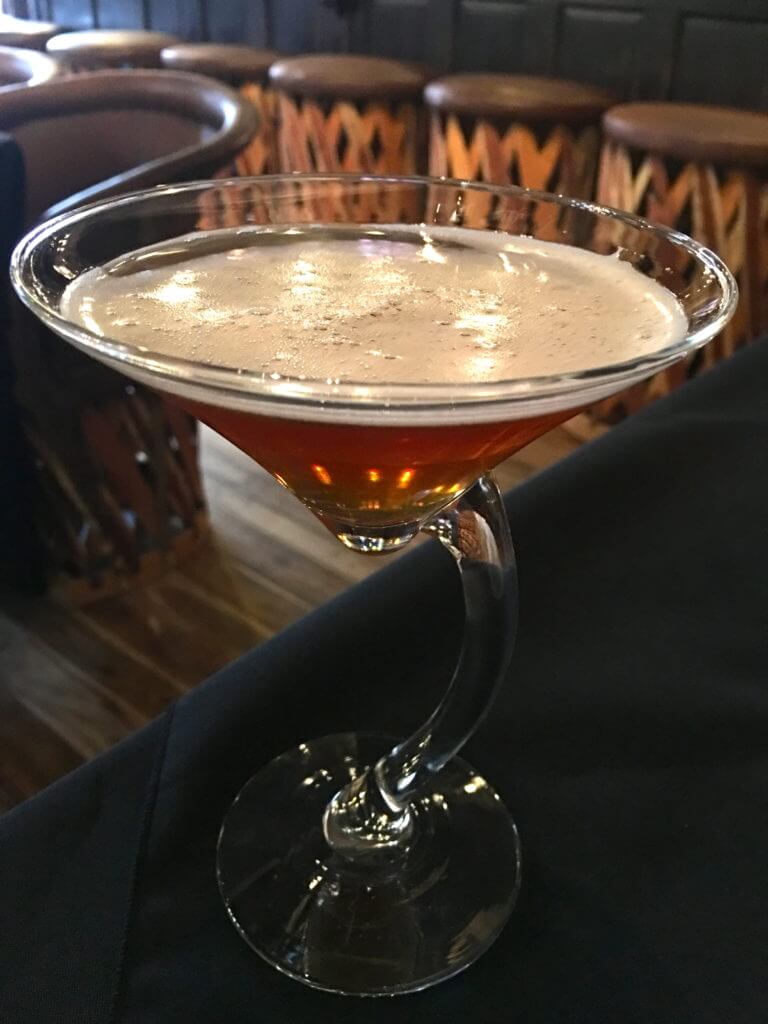
[Images: Dionne Roberts]





